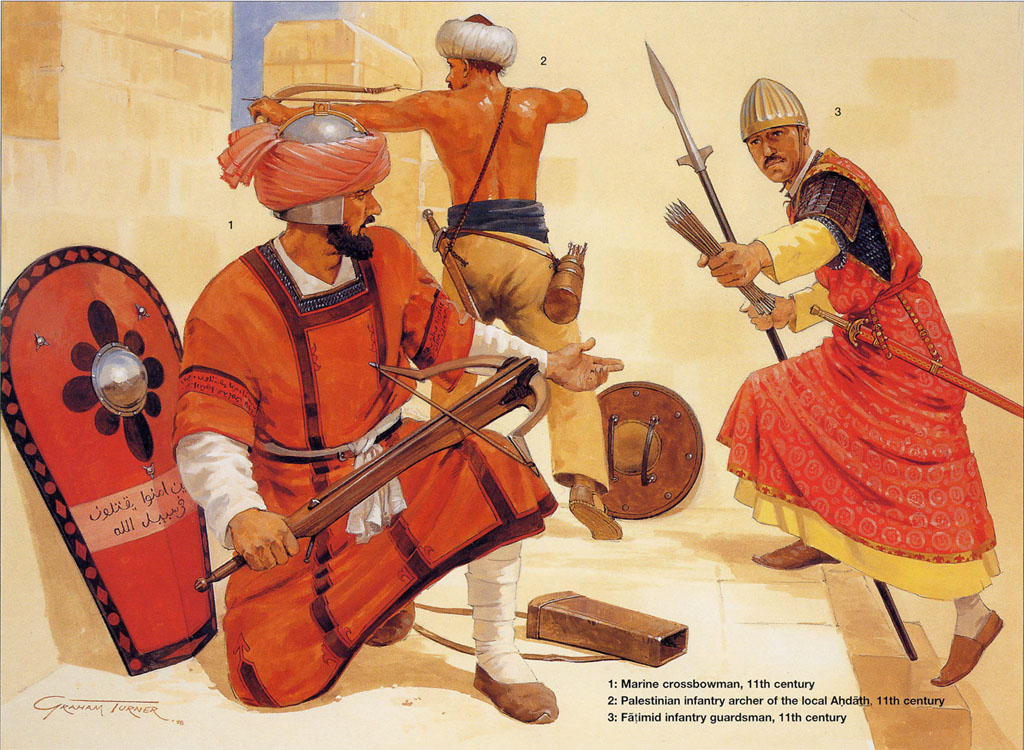Dating from the mid 7th Century to the mid 13th Century, the Golden Age of Islam was one of the largest empires ever seen. To protect their borders, the empire had a selection of soldiers each with their own arms and equipment. With Europe stuck in the Dark Ages, the Middle East has never been more powerful.
Age:
7th Century-13th Century
Loyalty:
Muslim Caliphate
Strengths:
-Numerical advantage
-Knowledge of terrain
-Willingness of enemies to convert to Islam
-Weapons and organisation superior to anything in Europe at the time
Weaknesses:
-Political squabbles weakened military
-Growing enemies: Genghis Khan, Christian Crusades
Most famous battle:
The most famous battle is most probably the conflict that ended the Golden Age, the 1258 Siege of Baghdad. The seat of the all-powerful Abbasid caliphs, a Mongol horde led by Genghis Khan’s grandson Möngke advanced on the city. After marching through Mesopotamia, the huge army amassed outside the walls of Baghdad and successfully besieged the city and slaughtered all of the 200,000 inhabitants.
Weapons:
-Damascus steel scimitars and sabres
-Javelins
-Battle axes
-Maces
-Bows
-Handheld firearms e.g. Matchlock, early cannon
Armour:
-Plate armour encrusted with jewels
-Conical helmets
-Round metal shields
For more on ancient armies, check out the latest issue of History of War on sale here:
For more on soldiers of the past click here

